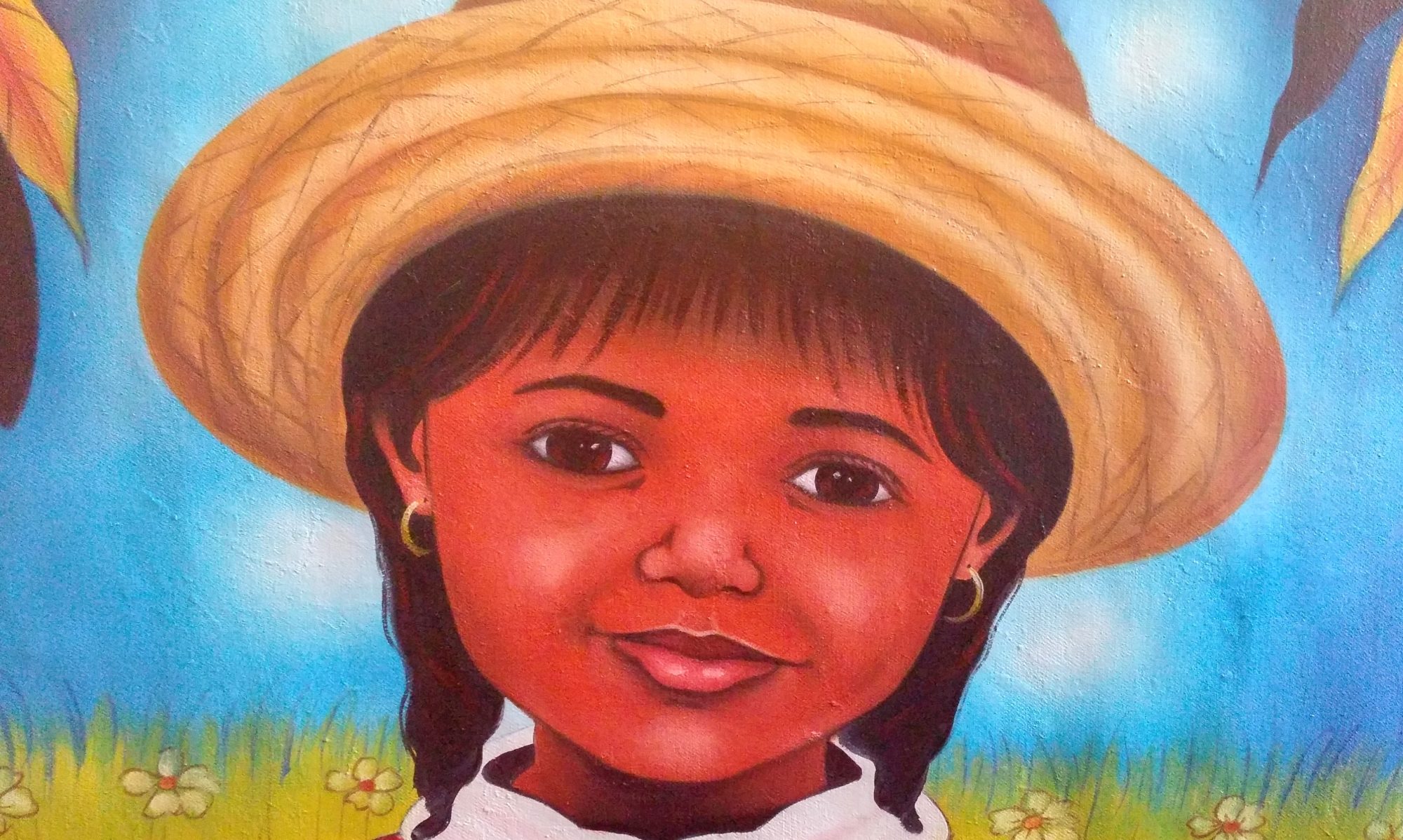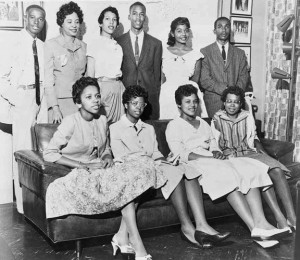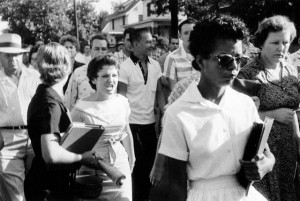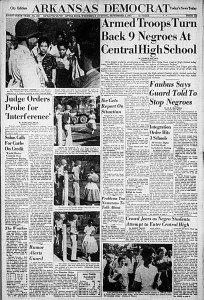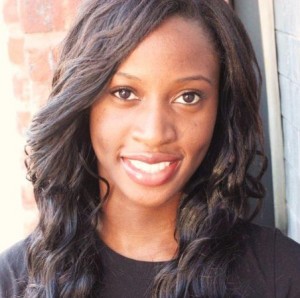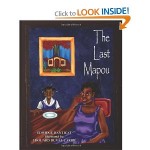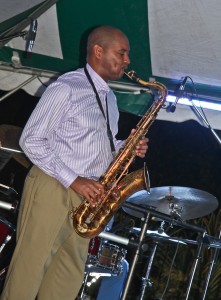
From upscale venues with ticketed concerts to free shows at an outdoor cultural center (FOKAL); from uptown Petion-Ville to downtown Port-au-Prince and Jacmel; the 2013 Festival International de Jazz de Port-au-Prince, 7th Edition came, conquered, and went.
Attended by hundreds and supported by eleven foreign embassies that underwrote their musicians, this year’s eight-day festival was accessible to a wide swath of Haitians. Musicians from the embassies’ respective countries gave special invite performances after which came hot, hot, hot “After Hours” jam sessions at various music/restaurant joints.
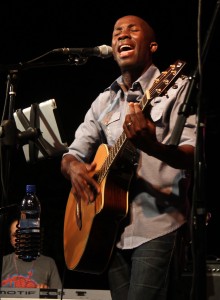
Four free open-air early-evening concerts were held at FOKAL, each with three groups performing to more than 325 music enthusiasts. The standing-room crowd included many students. Concerts at Institut Francais and opening night with Bradford Marsalis in Jacmel were free of charge.
Haitian and Haitian-American jazz artists composed a strong element in this year’s Jazz Festival, at times performing alongside participating foreign musicians. Artists from Brazil, Chile, Spain, Switzerland, France, Belgium, Germany, Holland, Mexico, Canada, and the U.S. were on this year’s roster. Local Haitian groups played many of the After-Hours gigs.
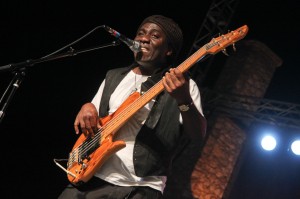
Diplomats, sponsors, and some local Haitian residents attended the four ticketed, upscale shows. The Branford Marsalis Quartet, brought by the American Embassy, played one of these concerts and a special VIP-invite show at the Ambassador’s residence.
This year, eight commercial partners, eleven foreign embassies, numerous Haitian and foreign cultural institutions, and the European Union were among supporting partners. The Ministries of Culture and Tourism trimmed some financial support due to the impact of recent Hurricane Sandy.
The After-Hours sites were packed. Haitians and foreigners imbibed Barbancourt and Prestige while listening to jazz musician who created melodic and rhythmic explosions on stage. Jam sessions continued far into the night.
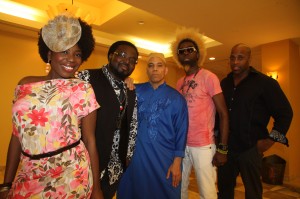
High-energy Mexican guitarist and current Brooklyn resident, Ilan Bar-Lavi, played the musical genre Son Jarocho with his band, Los Sonox. They jammed with Axel Laugart, a Cuban piano virtuoso, who lives in NYC and is a member of singer Melanie Charles’ band, “The Journey.” They blew the roof off of the cavernous Garden Studio arts venue, which also has film screening nights. Even after-hours downpours didn’t halt the show at Quartier Latin.
Music workshops by the Festival’s performing artists have always been a great component of the Festival. The artists performed and demonstrated techniques. Afterwards, they dialogued with Haitian music students in their late teens to twenties, giving them up close and personal contact with the musicians and exposure to many different types of music within the jazz genre. Many of those attending had learned their music from church, but were not solely embedded in that genre.
Teaching artists would start by playing a couple numbers; then students had the opportunity to ask an unlimited number of questions. Local jazz guitarist Claude Carre translated the words of English-speaking musicians into Kreyòl.
The Sagere Trio—Chilean string players, including a mandolin—explained during their workshop that their music came from a folk tradition in the north of Chile. They answered very specific questions related to technique: “Why do you use your nail and not a pick (a softer sound)?” Answers came in the form of demonstrations of alternate and sweep picking and fielded questions about harmony and arranging.
Louis Winsberg’s workshop included a demonstration of Flamenco dance.
Brooklyn’s own Melanie Charles, who gave her voice workshop in Kreyòl, moved the handful of attending females to the front row. While a keyboard was secured for virtuoso Axel, Melanie spoke about her musical background.
Following the formal presentation that included a couple of voice exercises, students clustered around individual members of Melanie’s band who demonstrated their techniques. Drummer Gashford Guillaume loved the eagerness of the students.
The Festival also screened three music related films, among them: Spike Lee’s Mo Better Blues.
The Jazz Festival has come a long way since its first edition in 2007, when the three founders, including drummer and sound engineer Joel Widmeir, physically moved the sound speakers at the downtown Champs Mars venue and were hands-on with stage set-up. Now, a vast team of staff, partners, volunteers, and the invaluable Milena Sandler–married to Widmeir–are instrumental in the Festival’s smooth running, all under the umbrella of Fondation Jazz Haiti.
Cancelled the year of the earthquake, the Festival’s continuation celebrates Haitians’ love of music, healing as much as it entertains.
In another example of the Festival’s broad reach, two Swiss volunteer sound specialists conducted two weeks of technical workshops prior to the Festival for Haitian sound technicians and worked side by side with them doing the Festival’s sound.
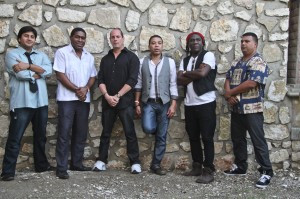
Marie-Laurent Jocelyn Lassegue was in the audience on closing night, at the historic Canne a Sucre park. This event featured renowned singer and bass player Cameroonian Richard Bona and the Afro-Cuban band Mandekan Cubano. Haitian-American Melanie Charles and her band also helped close the Festival. The former Minister of Culture and Communication also said: “Before the Festival began, jazz in Haiti was for a small part of the population–the bourgeoisie and intellectuals. Now, thanks to the Festival, more people have the possibility to learn, understand, and appreciate this music. It’s not only now for the musicians but for population in general, especially the free shows.”
Marie-Laurent commented on how the Festival continues to be better organized and that there are more local sponsors on-board, not just international organizations.

“It’s a success!” said the former minister, acknowledging the immense undertaking it is to put the Festival together. She added, “It takes one year to prepare it! After a short break, they’ll start to prepare for next year.”
